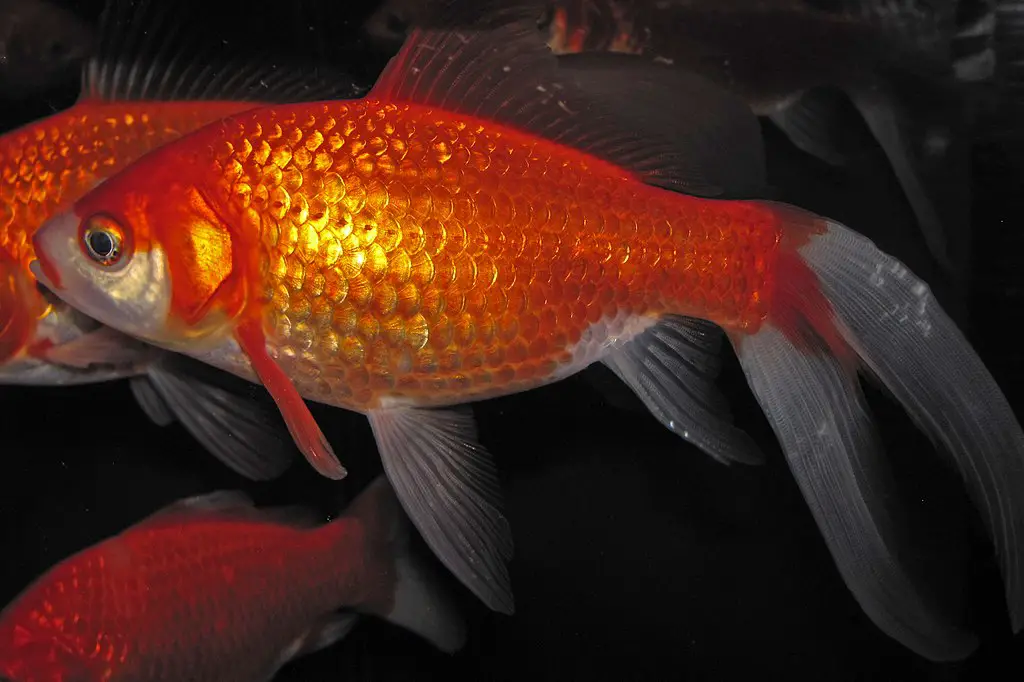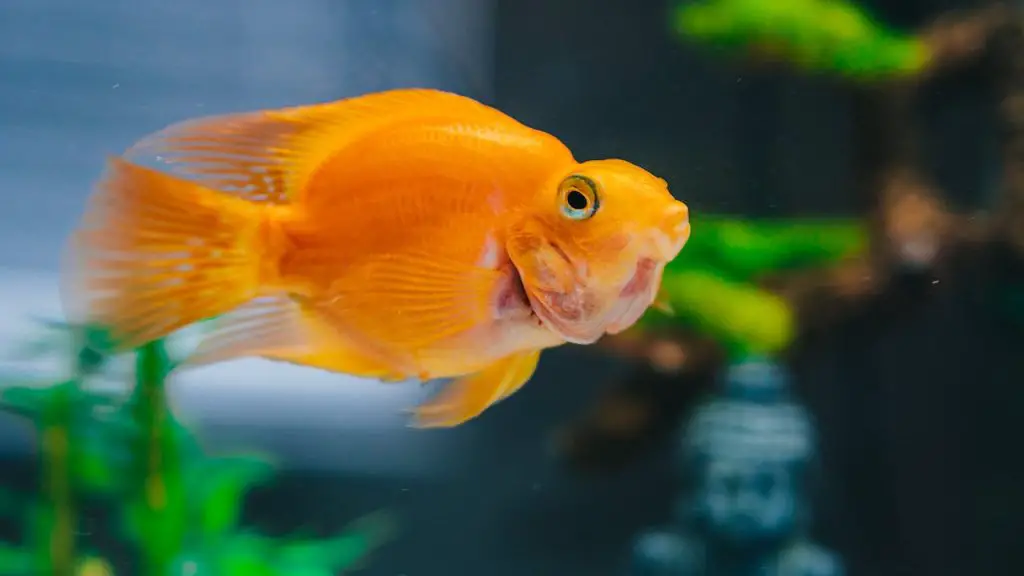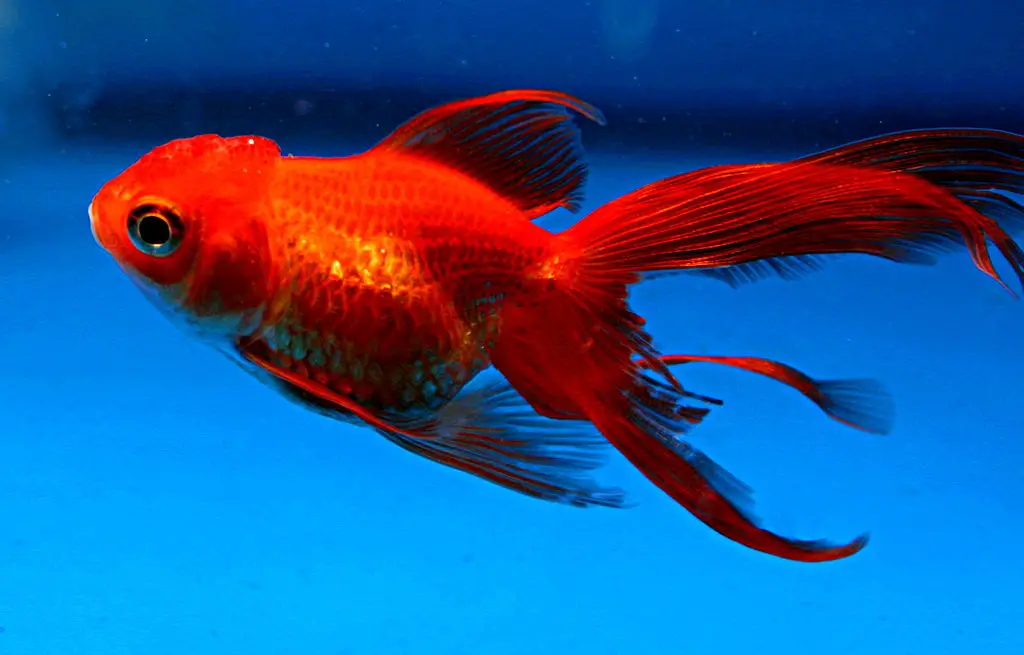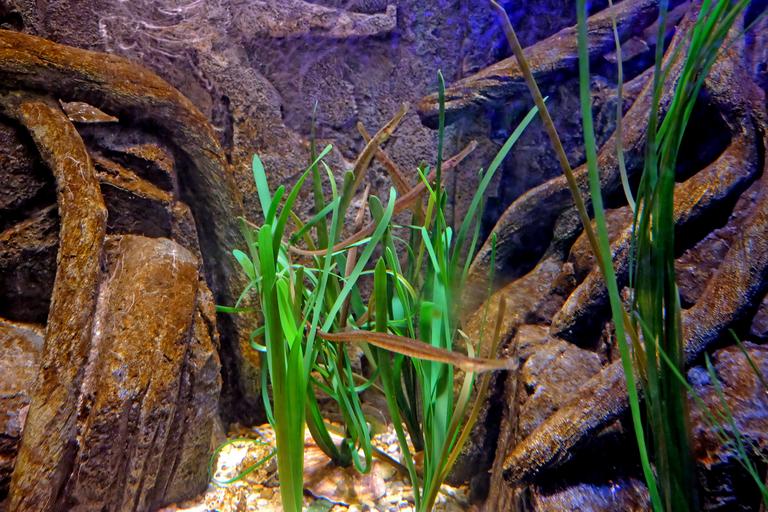Goldfish are not only beautiful and fascinating pets but also have unique and delicate skin that requires proper care. Understanding the anatomy of goldfish skin and recognizing healthy versus unhealthy skin conditions is crucial for goldfish owners. By doing so, they can ensure the well-being and longevity of their beloved aquatic companions.
Goldfish skin plays a vital role in their overall health, acting as a protective barrier against external pathogens and maintaining essential bodily functions.
However, skin issues can arise, including skin peeling, which may indicate underlying health problems or environmental stressors. Identifying and addressing these issues promptly can make a significant difference in the health and happiness of goldfish.
Key Takeaways:
- Goldfish have unique skin anatomy that plays a vital role in their overall health.
- Recognizing healthy versus unhealthy skin conditions in goldfish is essential for owners.
- Diseases, environmental stressors, and poor water quality can cause skin peeling in goldfish.
- Preventative care, optimal tank conditions, and a balanced diet are crucial for maintaining goldfish skin health.
- Immediate steps should be taken at the first signs of skin peeling, and professional veterinary care may be necessary for severe cases.
Causes and Symptoms of Goldfish Skin Peeling

Goldfish skin peeling can cause concern among goldfish owners, and understanding the causes and symptoms can help diagnose and treat this issue effectively.
Several factors can contribute to skin peeling in goldfish, including common diseases, environmental stressors, and poor water quality. By being aware of these causes and recognizing the associated symptoms, you can take appropriate measures to address the problem promptly.
Common Diseases Leading to Skin Peeling
Goldfish are susceptible to various diseases that can result in skin peeling. Some of the common diseases that can cause this issue include:
- Ichthyophthirius multifiliis: Also known as ich, this parasitic infection can lead to skin irritation and peeling.
- Columnaris: This bacterial infection can cause skin lesions and peeling in goldfish.
- Flexibacter columnaris: Another bacterial infection that can cause skin erosion and peeling.
Environmental Stressors and Skin Damage
Goldfish are sensitive to environmental stressors, which can contribute to skin peeling. Exposure to low temperatures, sudden changes in water temperature, and poor water quality can all lead to skin damage in goldfish. It is important to maintain stable water conditions and provide appropriate heating during colder months to minimize the risk of skin issues.
Impact of Poor Water Quality
Poor water quality is a significant factor in goldfish skin peeling. Ammonia, nitrite, and nitrate buildup, along with high levels of dissolved organic matter, can irritate the skin and damage the protective slime coat of goldfish. Regular water testing and proper filtration and maintenance are essential in maintaining optimal water quality and preventing skin problems in goldfish.
Preventative Care for Goldfish Skin Health

Optimal Tank Conditions for Goldfish
Creating a suitable environment for your goldfish is essential for promoting skin health. Here are some key factors to consider:
- Size: Provide a spacious tank that allows your goldfish to swim comfortably.
- Filtration: A high-quality filtration system keeps the water clean and toxins-free.
- Water Quality: Regularly test and maintain optimal water parameters, including temperature, pH, and ammonia levels.
- Lighting: Ensure a proper balance of light and darkness to mimic their natural habitat.
Nutritional Needs for Healthy Skin
A well-balanced diet is essential for maintaining the health of your goldfish’s skin. Here are some considerations for their nutritional needs:
- Variety: Offer a mix of high-quality commercial goldfish pellets, flakes, and fresh vegetables to provide a balanced diet.
- Protein: Goldfish require protein-rich foods like brine shrimp and bloodworms to support their skin health.
- Vitamins and Minerals: Supplement their diet with specialized goldfish food that contains essential vitamins and minerals for healthy skin.
Routine Care and Monitoring Practices
To ensure the ongoing health of your goldfish’s skin, it is important to establish a regular care routine and monitor their condition. Here are some recommended practices:
- Water Changes: Conduct regular water changes to remove toxins and maintain optimal water quality.
- Observation: Keep a close eye on your goldfish for any signs of skin peeling, discoloration, or abnormal behaviors.
- Gentle Handling: Handle your goldfish carefully and avoid rough interactions that could potentially damage their skin.
- Proper Quarantine: When introducing new goldfish to your tank, quarantine them first to prevent spreading diseases that could affect their skin health.
First-Aid Measures for Goldfish Skin Issues

When goldfish develop skin peeling or other skin issues, immediate action is crucial to prevent further damage and promote healing. Here are some first-aid measures and home remedies that can be effective in managing mild to moderate skin problems in goldfish:
Immediate Steps to Take at Signs of Skin Peeling:
- Isolate the affected goldfish in a separate tank or pond to prevent spreading any possible infections.
- Inspect the water parameters, including temperature, pH levels, and ammonia levels, to ensure optimal conditions for healing.
- Carefully examine the affected area and look for any signs of parasites, such as white spots, to determine the appropriate treatment.
- Clean the affected area with a mild saltwater solution to prevent secondary infections.
- Ensure the goldfish has access to clean and properly oxygenated water for maintaining overall health and healing.
Home Treatments and Remedies:
- Add aquarium salt or sea salt to the water to create a soothing and healing environment for the goldfish.
- Provide a balanced and nutritious diet for the goldfish, including high-quality fish food, fresh vegetables, and live or frozen treats like brine shrimp or daphnia.
- Introduce herbal remedies like aloe vera or tea tree oil, renowned for their healing properties, by adding them to the water or applying them topically to the affected area.
- Ensure proper filtration and regular water changes to maintain a clean and healthy environment for the goldfish.
It is important to note that while first-aid measures and home treatments can be effective for mild to moderate skin problems, severe or persistent cases may require professional diagnosis and treatment from an aquatic veterinarian. Regular monitoring and prompt action will help ensure the well-being and long-term skin health of your goldfish.
Professional Diagnosis and Treatment for Goldfish Skin Issues
While many cases of goldfish skin issues can be effectively managed at home, there are instances where professional diagnosis and treatment are necessary. Consulting an aquatic veterinarian is crucial when dealing with severe or persistent skin conditions in goldfish. These professionals have the expertise and knowledge to accurately diagnose the issue and provide advanced treatments for the fish.
When to Consult an Aquatic Veterinarian
If your goldfish exhibits severe skin peeling that does not improve with home remedies or over-the-counter treatments, it is best to seek the expertise of an aquatic veterinarian. Additionally, if you notice any of the following signs, a consultation is recommended:
- Persistent redness or inflammation on the skin
- Open sores or wounds that do not heal
- Rapid deterioration of the fish’s overall health
- Unusual behavior, such as lethargy or loss of appetite
Advanced Treatments for Severe Skin Conditions

In cases of severe skin peeling or other complex skin conditions in goldfish, aquatic veterinarians may utilize advanced treatments to promote healing and alleviate discomfort. Some of these treatment options may include:
- Topical medications: Veterinarians may prescribe specialized creams or ointments to reduce inflammation, prevent infection, and promote skin regeneration.
- Oral medications: In some instances, oral medications may be necessary to address underlying infections or systemic conditions contributing to skin issues.
- Surgical interventions: For severe cases, veterinarians may perform surgical procedures to remove damaged tissue, promote healing, or address underlying problems.
- Water quality management: Aquatic veterinarians may also guide on optimizing water parameters and ensuring a clean, healthy environment for the goldfish, which can significantly aid the healing process.
These advanced treatments aim to address the root causes of goldfish skin issues and provide a comprehensive approach to their diagnosis and treatment. Under the care of an aquatic veterinarian, the goldfish can receive the necessary medical attention and support for optimal skin health.
Recovery and Long-Term Management of Goldfish Skin Health
Ensuring the recovery and long-term management of goldfish skin health is crucial for their overall well-being and to prevent future skin issues. After successfully addressing any skin peeling or related problems, it’s important to focus on the rehabilitation and recovery process.
Rehabilitation and Recovery Process
The rehabilitation process involves providing an optimal environment that promotes healing and strengthens the goldfish’s skin. To aid recovery, maintain clean and appropriately sized tanks, ensuring proper filtration and adequate oxygenation. Good water quality and stable conditions are essential for a healthy skin barrier.
Diet plays a crucial role in the recovery process. Ensure a balanced and nutritious diet for your goldfish, including high-quality commercial fish food and occasionally supplementing with vegetables, such as peas, to provide essential nutrients.
Observe your goldfish closely during the recovery process. Look for signs of improvement as well as any potential reoccurring symptoms. Regular water testing, maintaining appropriate water temperature, and conducting routine water changes will help support the healing process and prevent any relapses.
Ongoing Health Assessments and Maintenance
After the initial recovery, it’s essential to conduct ongoing health assessments for your goldfish’s skin care. Regularly monitor the skin condition, paying attention to any signs of distress or abnormalities. Perform visual inspections and watch for changes in behavior, appetite, or other concerning indicators.
Continue to provide optimal tank conditions to maintain a healthy skin barrier. This includes maintaining appropriate water parameters, ensuring proper filtration, and avoiding sudden temperature fluctuations or other environmental stressors.
Additionally, routine care and maintenance are crucial for long-term goldfish skin health. Regularly clean the tank, remove any debris, and conduct water changes as recommended for your specific tank size and fish load. By implementing preventive measures and consistently monitoring your goldfish’s skin health, you can reduce the risk of future skin issues and keep your goldfish thriving.


